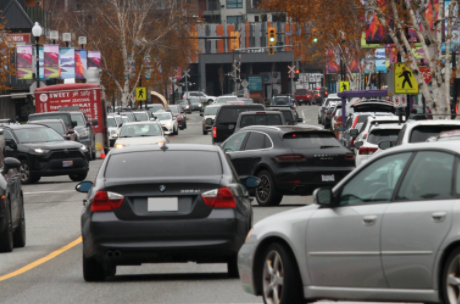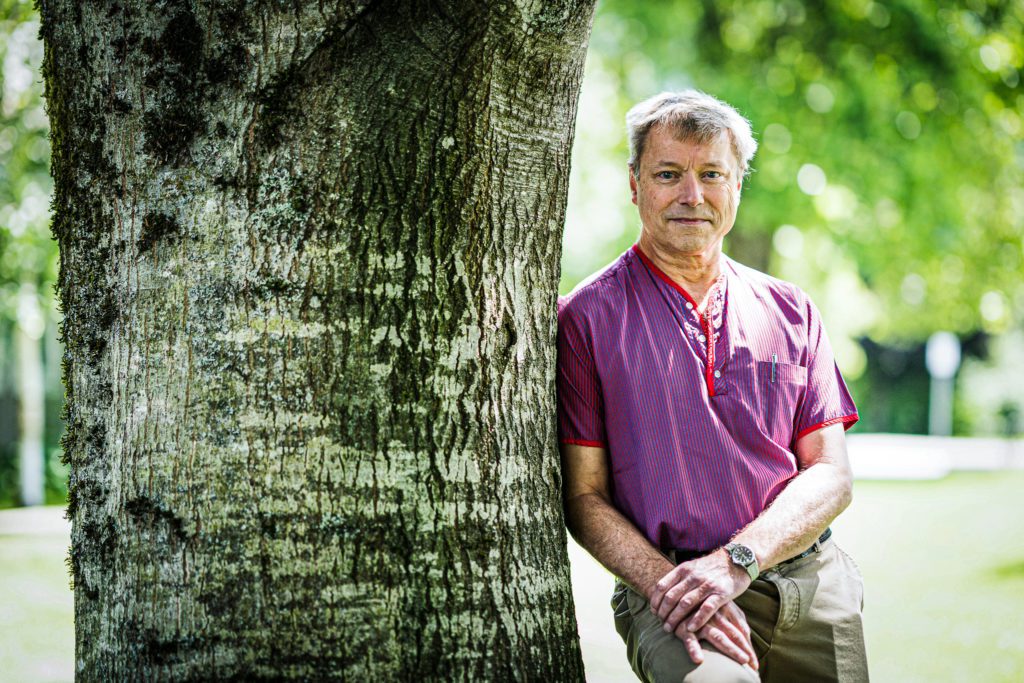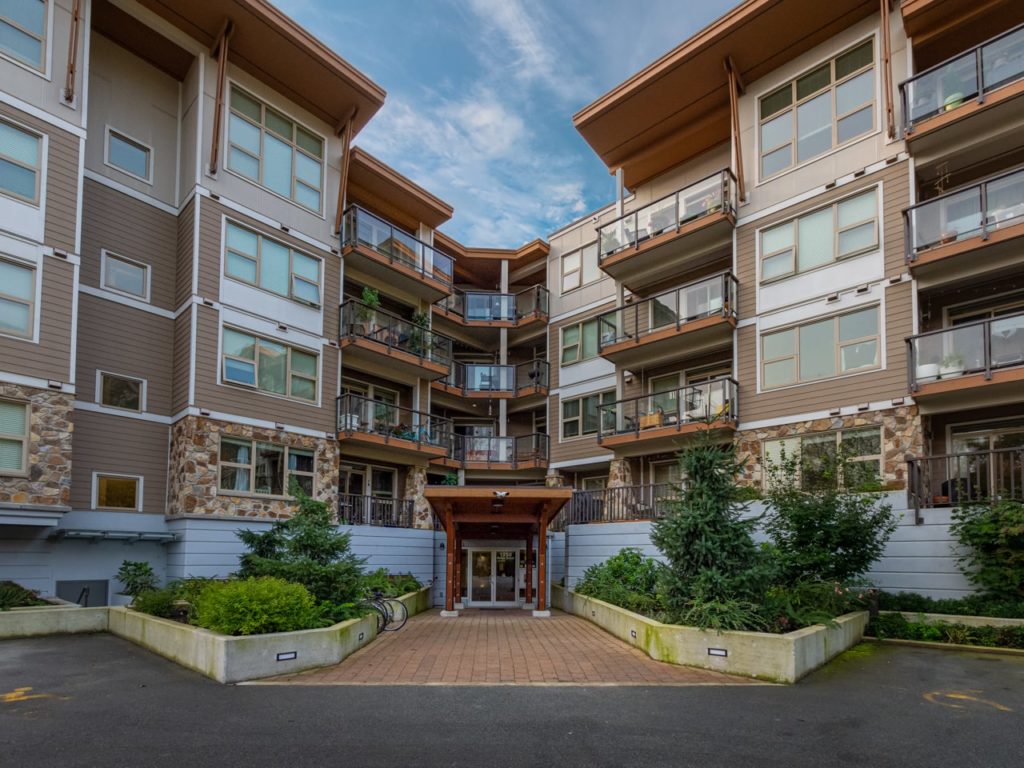Providing free and easy parking is officially at odds with the municipality’s active transportation plans and Community Climate Action Plan. The Parking Strategy aims to maintain reasonable parking systems supporting citizens and economic development while encouraging a transition from private vehicles to alternate modes of transportation.
While this is a great vision, Squamish is far from being there yet. Even if our culture was there, what’s to say we simply don’t swap gas vehicles for electric plug-ins?
We have to deal with realities. Most people commute. Many people have young families with kids that need to be at various places at various times. Most people live in Squamish because of its outdoor recreation, a lot of which requires transportation to get to.
According to the last Census, 85.3% of Squamish residents stated private vehicles as their mode of transport to work. Only 2.7% of the population marked public transit, which lost out to foot at 6.3%. The Census also captured Squamish’s bedroom community label, stating 53% of residents drive 15 minutes or more to their jobs.

There is no doubt that parking is a complicated issue according to Adrian Blachut, President of Downtown Squamish Business Improvement Association, owner of Zephyr Cafe and other businesses in Squamish. “We definitely need it for employees and customers if downtown is going to continue to attract people & businesses and stay vibrant. However, as more and more of the “free” parking spaces that customers and downtown visitors use are redeveloped, things will get harder, but there is no easy solution that does not cost a lot. Council needs to be realistic about our climate and what works for a lot of the people that live, work or visit Squamish.”
Downtown Squamish has approximately 250 two-hour parking spots, located in the shopping district, according to the district. Parking congestion is in this area and only at certain times of day, but outside of this hotspot spaces can be found, a parking utilization study completed by the district noted. If people are willing to walk a couple of blocks, parking is readily available, according to a recent DoS staff presentation.
However, parking for visitors and tourists is only a part of the challenge in Squamish. Businesses downtown are increasingly finding it difficult to attract employees when they can barely afford the rent here, and a lack of parking only makes it more difficult for everyone from retail employees to office workers.
Christian Thomson, owner of fast-growing Marwick Marketing has found a need for employee parking a key issue in finding new office space.
“Even though most of our employees are very active, it does not always work for them to cycle to work in the rain or in the dark,” she said. “We need a few parking options for a new office, but downtown that is increasingly impossible. If we get a new office, it will likely be outside of downtown, which is a shame as our employees really liked the vibe and nearby coffee shops, shopping, and restaurants.”
And then there is residential parking. For years, the council has been quick to grant variances and reduce parking requirements for new multi-family units. The result: Most complexes have unofficial “overflow” parking areas for extra vehicles, campers, and visitors.
The proposed residential-commercial development dubbed ‘The Village,’ which eyes the slip of land between the north side of Bailey Street and the rail line is the latest culprit to yet again raise the parking issue’s ugly head and highlights the residential parking challenge. The project aims to create 200 residential units and provide enough commercial space for 224 jobs. While the project is providing more parking than required by the district for two of its multi-family residential buildings, the overall project is eight stalls short of meeting the municipality’s allotment.
In a letter to council, citizens have rung the alarm bells. The undeveloped land has been long used as the unofficial parking lot for the Eaglewind and Parkhouse townhomes across the street, providing approximately 120 parking spaces. Yet in council, there are elected officials opposed to the project as they think it has too many parking stalls. Councillor Chris Pettingill was reported as saying he would like to see the cars and parking in the area considerably reduced. He pushed for no fossil fuel infrastructure and instead facilities that supported electric vehicles.

This sentiment is not new. The council has seemingly rubber-stamped reduced parking variance sought by developers of downtown projects and opted for cash-in-lieu, the thought process always rolling back to encouraging alternative modes of transportation and spending efforts on green policy.
Besides all this, let’s face it, the bulk of Squamish residents’ garages are jammed with toys – bikes, kayaks, dirtbikes, snowmobiles, SUPs – which usually get first dibs to the indoor space over the family SUV.
We need a council that acknowledges where we currently are in our push to be more sustainable, what type of community Squamish is and bridges it all with the future.
No matter what side of the parking stall you stand on, the need for parking will build parallel to the community’s growth. If not carefully planned out, the rapid development will further fill sought-after parking space.
The great thing about parking spaces is that if and when they are not needed, they can then be repurposed. Street parking can become an outdoor patio for restaurants, spaces for the community to sit and interact. Parking in condo complexes can be repurposed as storage units, a highly sought-after commodity in this active town. And visitor parking in strata complexes – should we ever reach those days when we don’t have cars – could transform to kids’ play areas or garden boxes. But in either scenario, space needs to be put aside. As once it is gone, it is gone for good.




